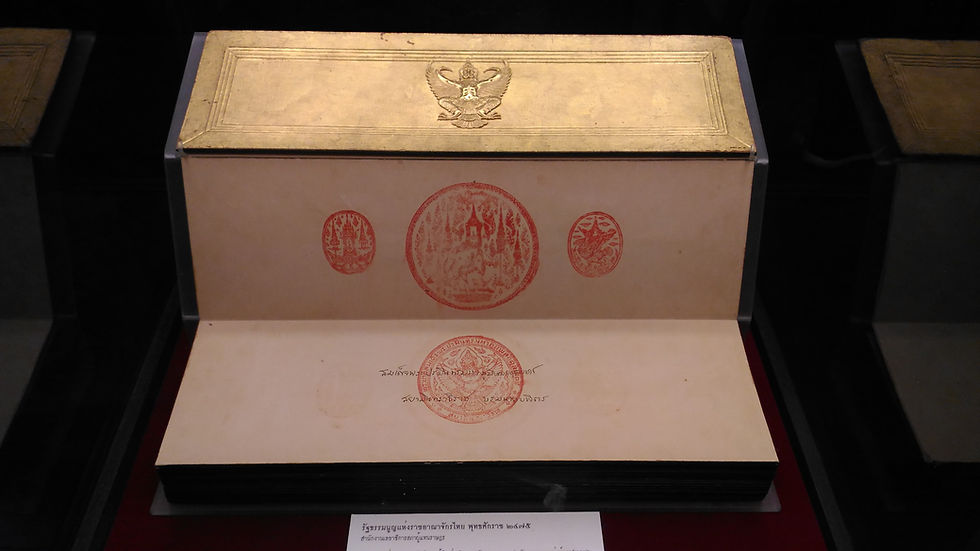By Allen Hicken
Originally written in 2016, the content of this analysis is pertinent to understanding the March 24, 2019 elections.

The drafters of the new Thai constitution seem determined to go much farther than their predecessors were willing or able to in 2007 to try and replace “bad people” with “good people”, while putting a hedge around the power of elected politicians. The term that is often used is a system of better checks and balances. However, the meaning of that term is very different in Thailand than what it means in much of the rest of the world. Usually, checks and balances refers to elected representatives checking each other. For example, the opposition is given power to limit the power of government, or one elected branch of government checks the power of the other, or elected representatives grant independent agencies oversight power.
This draft constitution suggests that reformers have a very different model of checks and balances in mind—one which follows from their belief about the problem with Thai Democracy.[1] According to this view, all of the problems and instability in Thailand boil down to one thing: ignorant voters keep electing bad people. This suggests two solutions. First, reeducate voters and teach them how to cast their votes for “good people”. CDC head Borwornsak argues that the new charter requires the state to take and active role in promoting “good citizenship.[2] Efforts to help voters learn to vote the “right” way are embedded throughout the draft constitution—including a section on “Citizenship and Citizens’ Duties” (which comes before the sections on “Rights and Liberties” and “Human Rights”), a lengthy chapter on “Good Leadership and Desirable Political System”, and a new National Moral Assembly that will provide the helpful service of pre-screening potential candidates, monitoring elected representatives, and passing along that information to voters.
The second solution to the election of “bad” people is to limit the power of bad politicians, and instead, put in place institutions that let “good people” (almost by definition, unelected people) make the key decisions. Hence the birth of, or more properly, the resurrection of, the containment constitution. The list of institutions in the new constitution that are designed to contain the power of elected representatives is truly stunning. These include institutions that not only constrain the authority of elected politicians and monitor their behavior, but which also set the legislative agenda for elected representatives. A partial list of these containment institutions follows:
• More powerful Senate, most of which is not directly elected
• Stronger Constitutional Court
• New Appointment Committee
• Public Finance and Budgeting Division
• National Reform Assembly
• National Reform Strategy Committee
• National Moral Assembly and Council
• Referendum required for constitutional amendment
Much like the containment of a virulent virus, this new constitution appears to be designed to try and cordon off and contain elected politicians and thus prevent their influence from infecting the rest of the Thai body politic. All this while empowering “good people” to manage Thailand’s affairs without the corrupting and inconvenient interference from elected representatives.
[1] This article references drafts of the new constitution in Thai and English (unofficial translation) as obtained here: http://www.student-weekly.com/pdf/200415-constitution-en.pdf, http://www.student-weekly.com/pdf/200415-constitution-th.pdf.
Comments